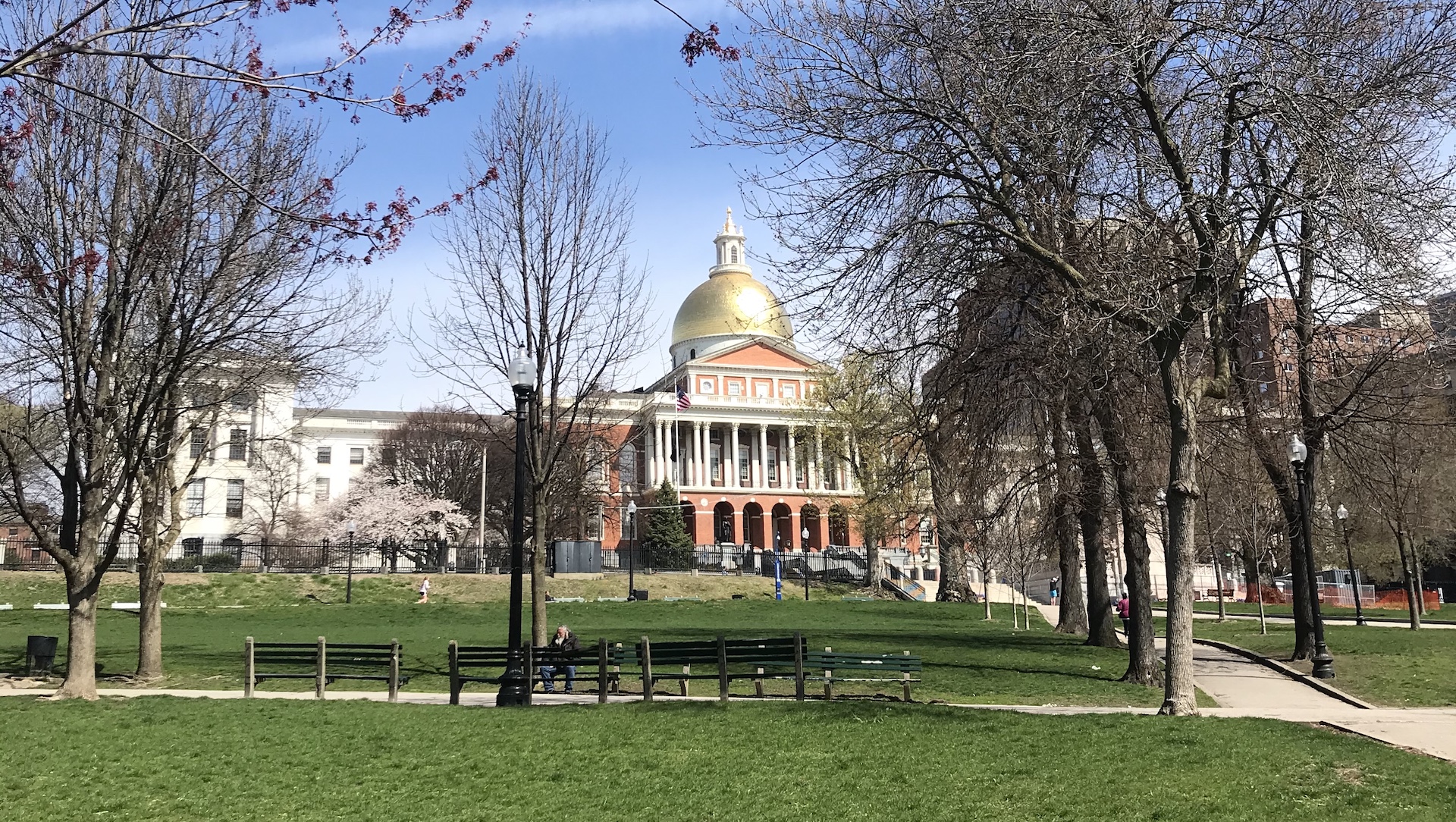Earlier this year, Governor Baker announced a new state mandate of “net zero emissions by 2050” during his annual State of the Commonwealth address. Since then his administration, led by Energy & Environmental Affairs (EEA) Secretary Katie Theoharides, has been moving forward with the formal process of setting new emissions limits. After soliciting over 1,000 comments, the administration formally announced (on Earth Day) that they would be shifting the state’s emission limit from an 80% reduction (where it was set pre-announcement) to an 85% reduction.
The move was met with swift criticism. “All they’ve done today in celebration of Earth Day is moved from 80 percent to 85 percent,” Senator Michael Barrett, Senate Chair of the Telecommunications, Utilities, and Energy Committee, said to the State House News Service. “It’s not what the state Senate wants. Silly math on Earth Day is a letdown. I think they can do better.” Additionally, environmental groups, from the Mass Power Forward (MPF) coalition to the Global Warming Solutions Project and the Environmental League of Massachusetts, pushed back on what they see as a weak emissions reductions target. In a statement, MPF also expressed “dismayed at the disregard for the recommendations made by climate justice activists.”
Although the battle over the number set for the targets may be over, the fight now turns to the equally important question: how will these targets be achieved?
Will the 2050 goals include carbon pricing?
Officials will now work over the coming year to outline exactly how they plan to meet its 85% emissions reduction, as well as set a new ‘intermediate target’ for the state to achieve in 2030. This process will involve input from the public and the Implementation Advisory Committee (IAC), led by officials within the EEA.
Some groups, including the state-wide carbon pricing coalition, are urging the administration to include aggressive new commitments like pricing carbon pollution economy-wide.
In recent letters to Governor Charlie Baker’s administration, two coalitions of environmental groups pushed the Governor to set ambitious targets for cutting greenhouse gas emissions by 2030 and 2050, and for specific policies to achieve them, including carbon pollution pricing. (The letters also called for a reduction of at least 90% in emissions by 2050, which the administration did not heed.)
The letters came from a coalition of many of the state’s major environmental groups, called the Global Warming Solutions Project (GWSP) and the state’s carbon pricing coalition, the Massachusetts Campaign for a Clean Energy Future (MCCEF). Both letters had substantial input from Climate XChange. The GWSP letter stated:
“We strongly support a 2050 net-zero requirement, including actual emissions reductions of at least 90% from 1990 levels…. Furthermore, we recommend an interim emissions reduction for 2030 of not less than 50% below 1990 levels, and we believe that a more aggressive 2030 target is justified, given the current scientific consensus.”
While the MCCEF letter said:
“To get to net zero by 2050, on a straight line from the present the state must cut emissions by approximately 50% by 2030, including any offsets. Given that much of the world will have difficulty achieving the IPCC’s 45% target, Massachusetts should be a leader and set its target for 2030 substantially above 50%.”

Both letters also argued that carbon pricing was essential to getting to the 2030 and 2050 targets, with the GWSP saying, “The following policies are particularly integral to reaching our GWSA goals: deep energy efficiency building retrofits, transitioning to 100% clean energy generation with a rapid and responsible build-out of the Commonwealth’s untapped offshore wind potential, a strong Transportation and Climate Initiative (TCI), electric vehicle investments, and expanded carbon pricing. Carbon pricing should be considered and modeled economy-wide as well as for the building and transportation sectors.”
The MCCEF letter also emphasized that:
“Protection of low and moderate income people: Carbon pricing policy must ensure that low and moderate income people who are the most impacted by climate change come out financially ahead. This will require both targeted infrastructure investments that help these communities transition to low-carbon energy sources and income based rebates to offset cost increases due to carbon pricing.”
“Spending the revenues: Billions of dollars will be needed to pay for the improvements in buildings and transportation needed to cut emissions sharply. Carbon pricing, from RGGI, TCI, and buildings can yield over $1 billion a year in revenues.”
“Health and other co-benefits: A recent study by coalition member Climate XChange showed that in California’s cap-and-trade program the public health and GHG reduction benefits of the investments made with the funds raised were almost five times the cost of the programs. We would urge [the Baker administration] to fully model these health benefits in looking at the benefit-cost of its climate change programs, along with other co-benefits such as increases in employment.”
Whats Next
Between now and the end of 2020, the administration will have regular meetings to brief its outside advisory group, the Implementation Advisory Committee (IAC), of its progress on designing plans to get to the 2030 and 2050 targets. These meetings will provide an opportunity for public discussion and for groups like the MCCEF and GWSP to push the administration to come up with realistic plans to achieve the targets.
For weekly updates on what’s happening in Massachusetts on climate and energy policy, subscribe to Climate XChange’s weekly email newsletter the Roundup.









